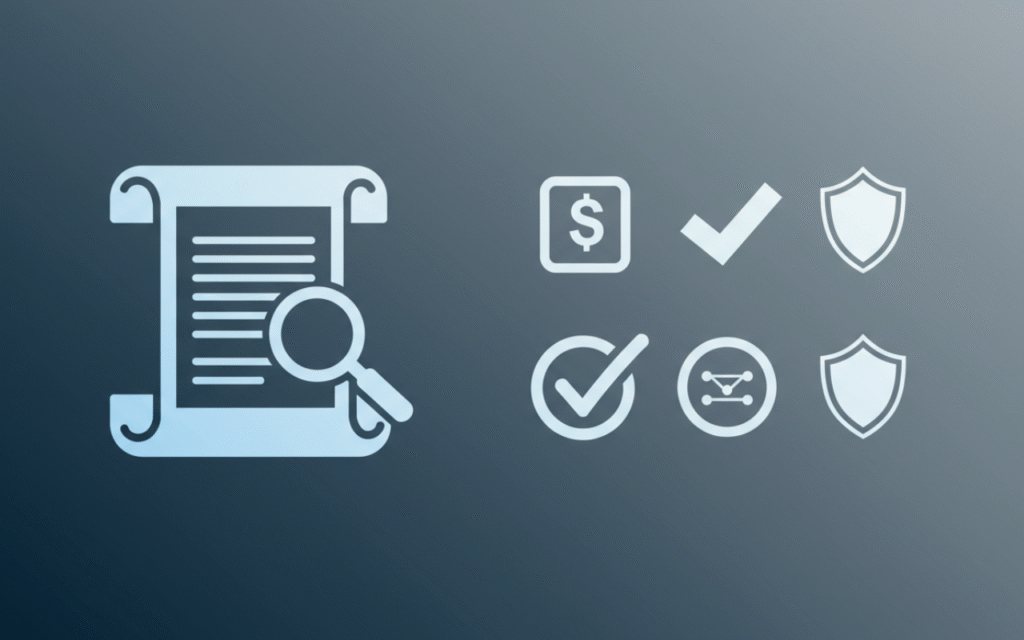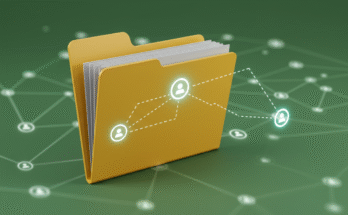Smart contracts are at the heart of blockchain technology, powering everything from decentralized finance (DeFi) platforms to NFTs and beyond. While they offer incredible potential, they also come with risks. A poorly written or malicious smart contract can lead to significant losses, so it’s crucial to ensure a smart contract is safe before interacting with it. But how can you do that if you’re not a developer? Don’t worry, this guide will walk you through some practical steps to verify a smart contract’s safety in a friendly, approachable way.

What Is a Smart Contract?
Before diving into the details, let’s quickly recap what a smart contract is. A smart contract is a self-executing program stored on a blockchain. It automatically enforces the terms of an agreement between parties without needing intermediaries. For example, if you’re swapping cryptocurrencies on a decentralized exchange, the smart contract ensures the transaction happens as agreed.
While smart contracts are powerful, they’re only as good as the code they’re written in. Bugs, vulnerabilities, or intentional backdoors can lead to serious consequences, which is why verifying their safety is so important.
Why Should You Care About Smart Contract Security?
In the world of blockchain, transactions are irreversible. If you send funds to a malicious or faulty smart contract, there’s no undo button. Hackers and scammers often exploit vulnerabilities in smart contracts to steal funds or trick users into losing their assets. By taking a few precautions before interacting with a smart contract, you can protect yourself and your funds. Let’s explore how.
Steps to Verify a Smart Contract Is Safe
Verifying a smart contract’s safety involves several steps, review the code thoroughly, check for vulnerabilities, use formal verification tools, conduct audits by trusted experts, test extensively on testnets, ensure proper documentation, verify third-party libraries, avoid hardcoding sensitive data, and stay updated with security best practices to ensure robust and reliable functionality.
1. Check for Audits
One of the easiest ways to assess a smart contract’s safety is by checking whether it has been audited by a reputable third-party firm. Audits involve professional security experts reviewing the code for vulnerabilities and potential exploits. Look for audit reports from well-known firms like CertiK, OpenZeppelin, or Trail of Bits. These reports should be publicly available and include details about any issues found and whether they were resolved.
→ Tip: If a project hasn’t been audited or refuses to share audit results, consider it a red flag.
2. Examine the Code (If You Can)
If you have some technical knowledge, reviewing the contract’s code directly can give you insights into its safety. Many projects make their code open-source and publish it on platforms like GitHub or Etherscan.
When reviewing the code:
- Look for suspicious functions, such as ones that allow developers to withdraw funds arbitrarily.
- Check for overly complex logic that could hide vulnerabilities.
- Search for comments or documentation explaining how the code works.
→ If you’re not comfortable reading code, don’t worry. There are other ways to assess safety.
3. Research the Team Behind the Project
→ A trustworthy development team is often a good indicator of a secure smart contract. Research the team behind the project:
- Are they transparent about their identities?
- Do they have experience in blockchain development?
- Have they worked on successful projects in the past?
While anonymous teams aren’t always bad (after all, Bitcoin was created by an anonymous founder), transparency can add an extra layer of trust.
4. Look for Community Feedback
The blockchain community is incredibly active and often quick to spot scams or issues. Check forums, social media platforms like Twitter, and discussion boards like Reddit to see what others are saying about the smart contract or project. If you see multiple warnings or complaints about scams, bugs, or poor practices, proceed with caution. On the other hand, positive reviews from knowledgeable users can be reassuring.
5. Verify the Contract Address
Scammers often create fake smart contracts that mimic legitimate ones. Always double-check that you’re interacting with the correct contract address.
Here’s how:
- Visit the official website or social media channels of the project.
- Compare the contract address listed there with the one you’re about to use.
- Be wary of unofficial links or addresses shared by strangers.
→ Even one wrong character in a contract address can send your funds to the wrong place.
6. Start Small
If you’re unsure about a smart contract but still want to interact with it, start with a small amount of funds. This way, even if something goes wrong, your losses will be minimized. For example, if you’re using a new DeFi platform, test it with a small transaction before committing larger amounts.
7. Use Blockchain Explorers
Blockchain explorers like Etherscan (for Ethereum) or BscScan (for Binance Smart Chain) allow you to view detailed information about smart contracts. You can:
- See how many transactions have been made using the contract.
- Check whether it’s verified (verified contracts display their source code).
- Look at user comments or reviews about the contract.
→ A high volume of transactions and positive feedback can indicate that a contract is widely trusted.
8. Watch Out for Red Flags
→ Here are some common red flags that might indicate a risky smart contract:
- No audits: As mentioned earlier, lack of an audit is a warning sign.
- Unverified code: If you can’t view the source code on a blockchain explorer, think twice before interacting with it.
- Promises of high returns: If something sounds too good to be true (e.g., guaranteed 1000% returns), it probably is.
- Rushed timelines: Scammers often pressure users to act quickly to avoid scrutiny.
When in doubt, trust your instincts and err on the side of caution.
Conclusion
Smart contracts are an amazing innovation that can unlock new possibilities in finance, gaming, and more. However, with great power comes great responsibility. By taking the time to verify a smart contract’s safety before using it, you can protect yourself from losing funds and avoid falling victim to scams.
→ Remember: Check for audits, research the team and community feedback, verify addresses, and start small if you’re unsure. A little caution goes a long way in the world of blockchain. Have you ever encountered a suspicious smart contract? Share your experiences in the comments below, we’d love to hear your tips for staying safe.



